How are pulmonary function tests؟
How well your lungs are functioning is assessed by pulmonary function tests (PFTs). They control the amount of air that enters and exits your lungs, the amount of air that enters your blood, and the function of your lungs during physical activity. We studied PFTs in this paper. Continue to follow us. A spirometer is used during spirometry, a pulmonary function test, to evaluate airflow and lung capacity. The effectiveness of your lungs is assessed through PFTs.
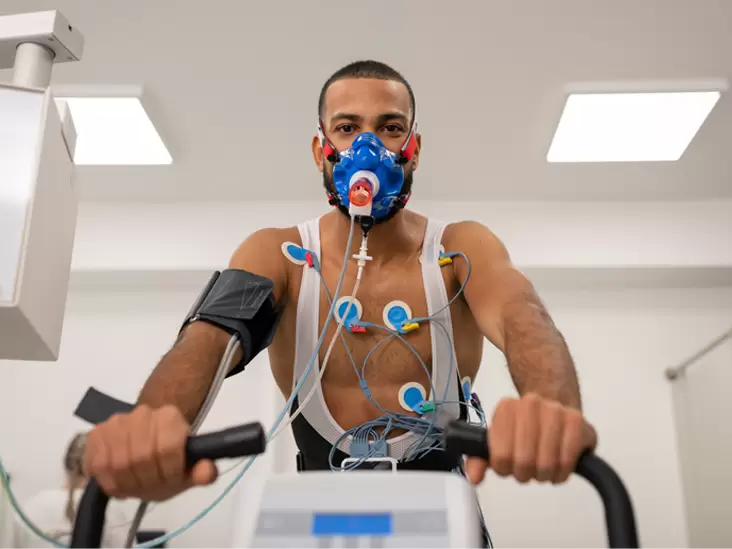
What are the pulmonary function tests?
A variety of breathing tests known as pulmonary function tests (PFTs) are used to determine how much air is exchanged in the lungs. Inhalation refers to the process of air being drawn into the lungs, and exhalation refers to the process of air being released from the lungs. There are various pulmonary function tests. Some of these tests assess your lungs’ capacity to absorb oxygen into your blood along with how exercise affects them.
Types of pulmonary function tests
Pulmonary function tests include the following:
How exactly is spirometry conducted?
The doctor first applies gentle clamps to your nose as part of this pulmonary function test technique. The use of nasal clamps guarantees that your mouth, not your nose, will be used to breathing. You enclose a mouthpiece with your lips, and the mouthpiece is joined to a spirometer. Following that, you’ll receive instructions from the physician on how to breathe in and out of your lungs.
How is body plethysmography conducted?
In this procedure, the doctor installs nasal clamps while you sit in a clear enclosure. The physician will close the door. For nearly five minutes, the door remains closed. If you have claustrophobia—the feeling of being trapped in a small space—tell your doctor. You might feel more convenience during the test with the assistance of your doctor. The doctor offers you breathing instructions while you put your lips around the lip patch. The spirometer measures your lung volume by detecting pressure or volume changes in the box when you breathe.

When are pulmonary function tests conducted?
Your doctor may prescribe pulmonary function tests if you use tobacco (smoke) products or experience pulmonary symptoms like dyspnea. The following are symptoms of pulmonary disorders:
- Chest tightness, pain, or pressure.
- Coughing, particularly while producing sputum or mucus
- Difficulty breathing or taking deep breaths.
- Dyspnea
- Wheezing
Your doctor may prescribe pulmonary function tests as part of a physical examination even if you are symptom-free.
When are pulmonary function tests required?
The following disorders need to be diagnosed using pulmonary function tests:
- Asthma
- Chronic obstructive pulmonary disease (COPD)
- Pulmonary fibrosis
- Respiratory muscles weakness
- Tracheal stenosis
How should one get ready for pulmonary function tests?
Your doctor will instruct you to undertake the following prior to the pulmonary function test:
- Take a temporary break from using your respiratory drugs.
- Dress comfortably and loosely so that nothing presses against your chest.
- Prevent strenuous exercise before the test.
- Refrain from using tobacco products prior to the examination.
By taking these safety measures, you may be sure that the PFT will produce accurate findings. Additionally, you shouldn’t consume a large meal prior to the PFT. You should also abstain from caffeine.
-

problems of patients and the medical community
27 خرداد 1402 -
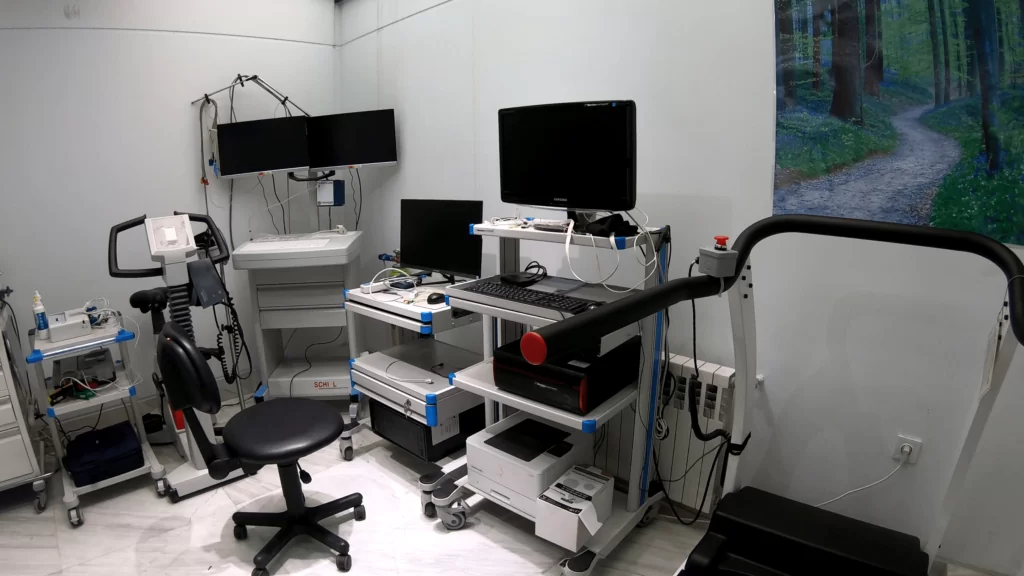
Lung clinic
8 خرداد 1402 -

Long COVID
8 خرداد 1402 -
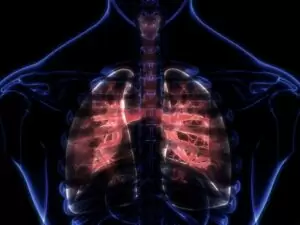
Sarcoidosis Clinic
8 خرداد 1402 -
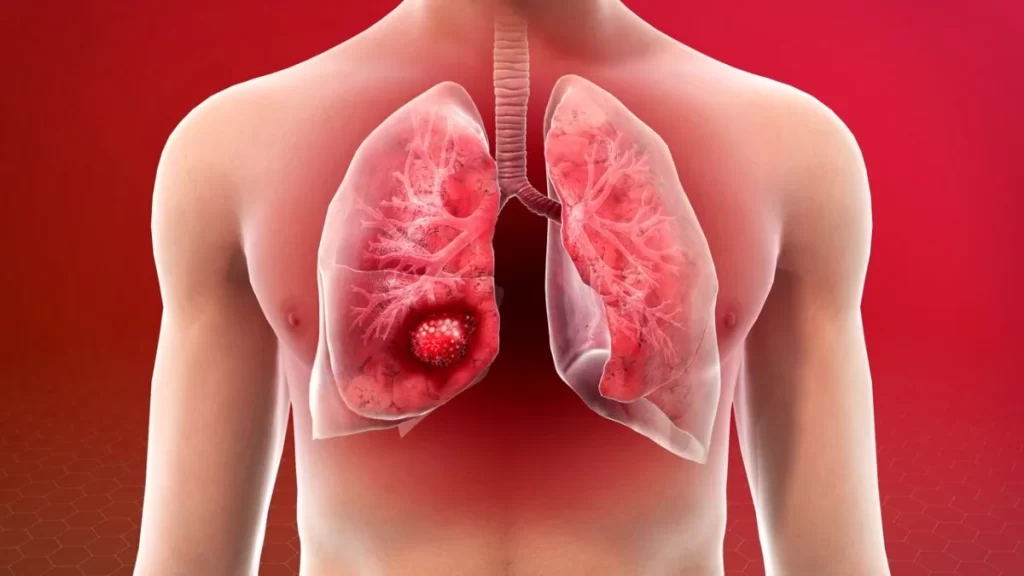
?What is lung cancer, and how is it treated
8 خرداد 1402 -
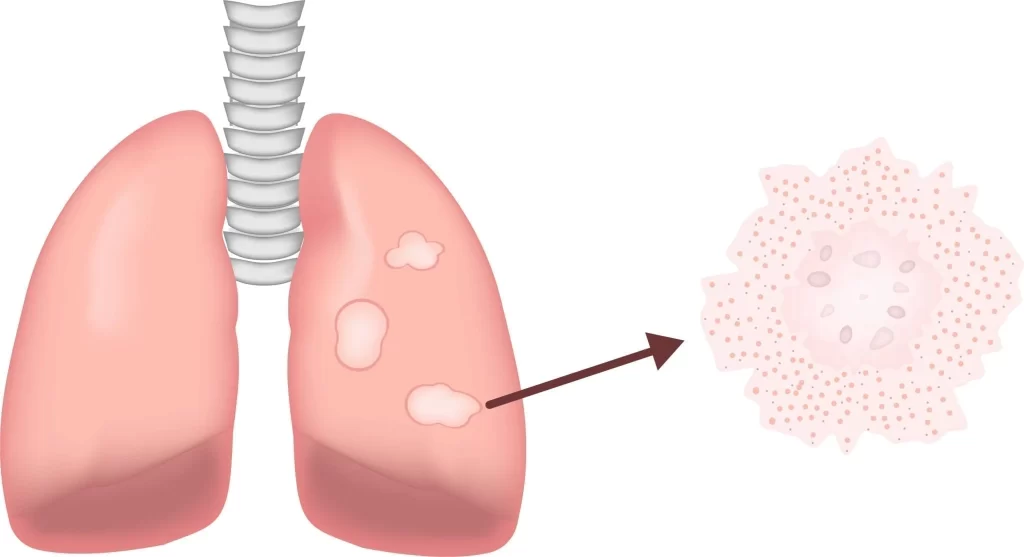
Sarcoidosis and pulmonary fibrosis
8 خرداد 1402 -

What exactly is foreign body aspiration?
8 خرداد 1402 -

How are pulmonary function tests؟
8 خرداد 1402 -
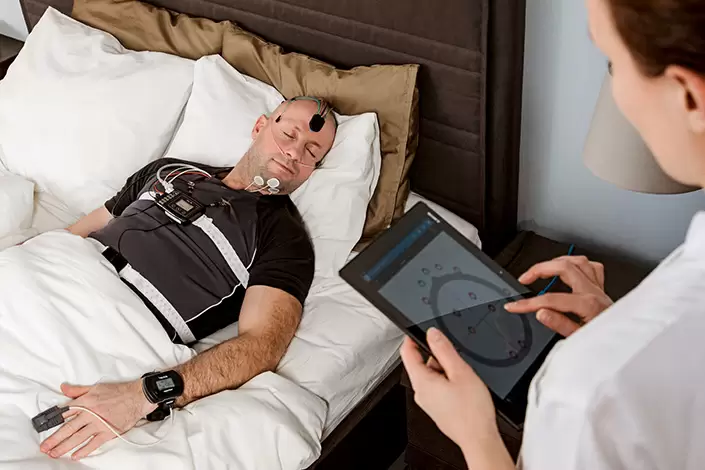
Everything you require to know about the polysomnography
8 خرداد 1402 -

?How is pulmonary rehabilitation carried out
8 خرداد 1402





